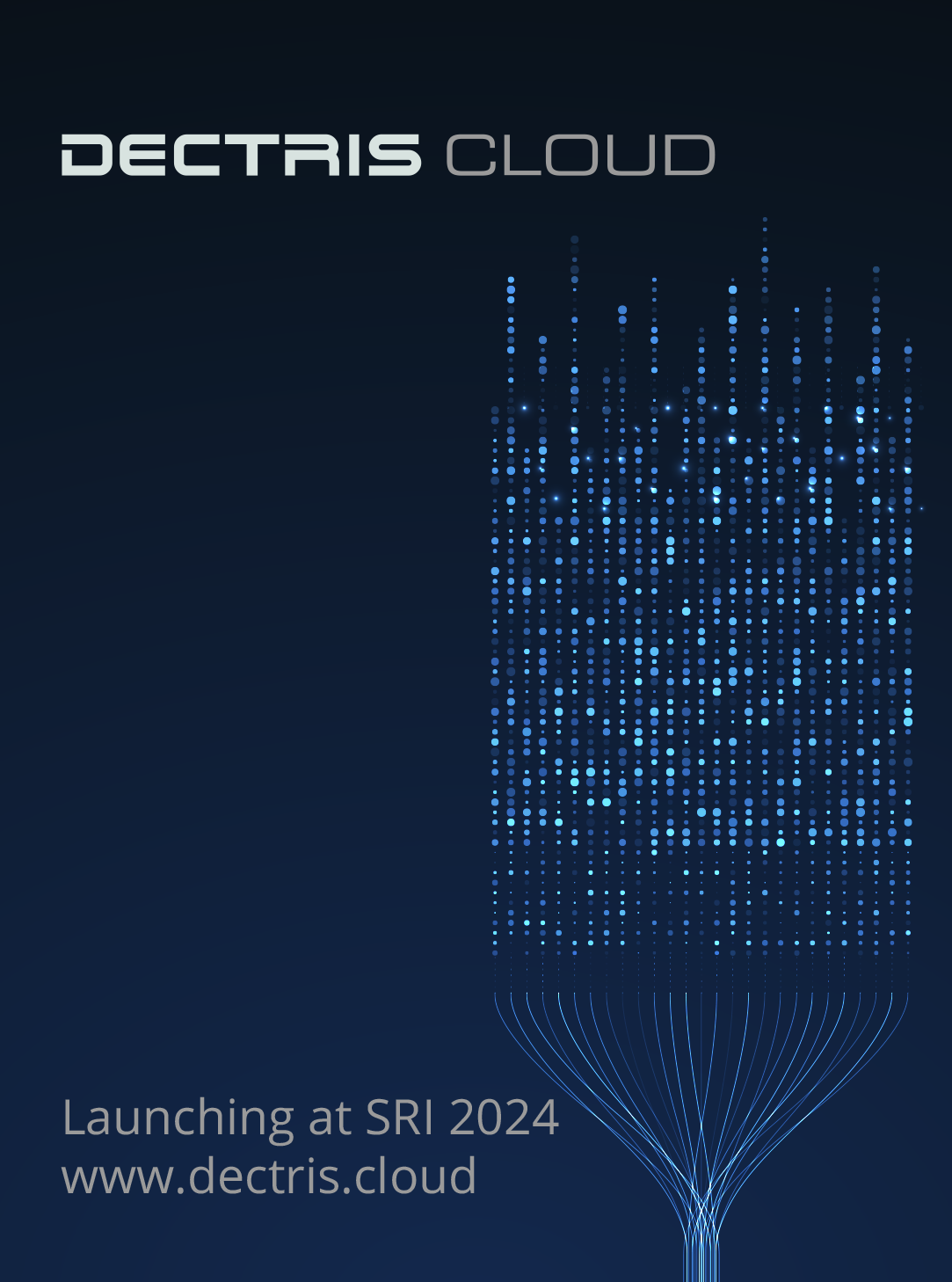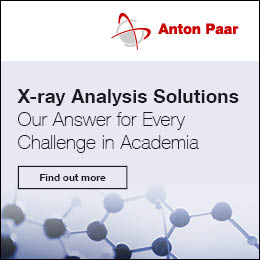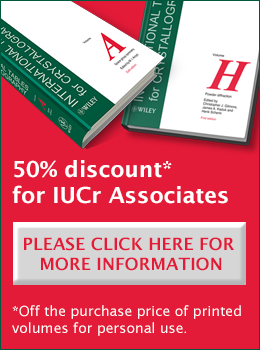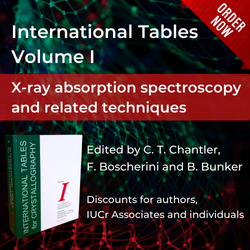


Meeting report (IUCr supported)
International School on Fundamental Crystallography: Seventh MaThCryst School in Latin America
![image1 [image1]](https://www.iucr.org/__data/assets/image/0008/159254/image1.jpg)
The seventh edition of the School of Mathematical Crystallography in Latin America was recently held from 12th to 16th August 2024, at the Facultad de Ciencias Físicas, Universidad Nacional Mayor de San Marcos, in Lima, Peru (https://www.even3.com.pe/e/ISFC2024-7MathCrystS). This school is part of a series of fundamental crystallography schools that began 17 years ago at the University of Havana, Cuba, and have since been held biennially in various countries across South America, Central America, and the Caribbean. The first school took place in 2007 in Havana, followed by Montevideo, Uruguay in 2010; Uberlândia, Brazil in 2012; La Plata, Argentina in 2014; Havana, Cuba again in 2016; and Bogotá, Colombia in 2018. Unfortunately, the global impact of the SARS-CoV-2 pandemic led to the delay of subsequent schools. The successful realization of the seventh MaThCryst School in Latin America marks a significant milestone, signalling the reactivation of this series after more than five years of inactivity.
![[image2]](https://www.iucr.org/__data/assets/image/0009/159255/image2.jpg) Inauguration of the seventh MaThCryst School in Latin America. From left to right: Dr Arbelio Pentón, Dr Leopoldo Suescun, Dr Massimo Nespolo, Dr Justiniano Quispe, Dra Marisel Espinoza, Dr José Niño, Dr Ángel Bustamante, Mg María Luisa Cerón, Dr Mois Arroyo, Dra María Cristina Nonato and Dr Carlos Landauro.
Inauguration of the seventh MaThCryst School in Latin America. From left to right: Dr Arbelio Pentón, Dr Leopoldo Suescun, Dr Massimo Nespolo, Dr Justiniano Quispe, Dra Marisel Espinoza, Dr José Niño, Dr Ángel Bustamante, Mg María Luisa Cerón, Dr Mois Arroyo, Dra María Cristina Nonato and Dr Carlos Landauro.
The primary objective of this school was to provide training and education to Latin American students and young researchers on the fundamentals of crystallographic symmetry, with a focus on the application of mathematical and computational tools in various fields. Additionally, the school aimed to encourage collaborative work through interaction and the exchange of ideas between course participants and renowned researchers.
![[image3]](https://www.iucr.org/__data/assets/image/0010/159256/image3.jpg) Dr Massimo Nespolo uses a ball to keep the attention of all students.
Dr Massimo Nespolo uses a ball to keep the attention of all students.
This year's school attracted 82 participants, including 64 students with a notable representation from Peruvian institutions. The participants came from countries such as Peru, Ecuador, Colombia, Philippines, Cuba, Brazil, Germany, Spain and France. Efforts were also made to promote gender diversity, achieving a 33% participation rate for women. It is noteworthy that this is the second time the school has been organized by a participant from one of the previous editions.
The inauguration on the first day was led by university authorities from the oldest university in the Americas, founded in 1551. Present were Dr José Niño Montero, Vice-Rector of Research and Graduate Studies; Dr Ángel Bustamante Domínguez, Dean of the Faculty of Physical Sciences; Dr Justiniano Quispe Marcatoma, President of the Organizing Committee; Dr Marisel Espinoza Suárez, representing the local organizing committee; and Mg María Luisa Cerón Loayza, who served as the coordinator for gender equality and diversity. The opening lecture, titled X-ray Crystallography: From Material Science to Drug Discovery, was delivered by Dr Maria Cristina Nonato. Subsequently, the lecturers Dr Massimo Nespolo and Dr Mois Aroyo presented on various topics including symmetries in crystal families, lattice systems, and crystal systems. On the second and third days, they continued to explore the properties of space groups and their descriptions in the International Tables for Crystallography, incorporating exercises and in-class interactions. They also demonstrated the use of mathematical and computational tools to access crystallographic symmetry information from the International Tables for Crystallography databases.
![[image4]](https://www.iucr.org/__data/assets/image/0011/159257/image4.jpg) Dr Mois Aroyo teaching space groups and their description in International Tables for Crystallography.
Dr Mois Aroyo teaching space groups and their description in International Tables for Crystallography.
On the fourth day, professors Dr Arbelio Penton, Dr Maria Cristina Nonato, and Dr Leopoldo Suescun covered topics such as Crystallographic Calculations in Reciprocal Space, Introduction to X-ray Diffraction, and Diffraction Symmetry: Space group determination. A poster session was held on the same day, featuring 15 works selected by evaluators from the local committee. Awards were given to the two best posters, which were evaluated by a jury of the school’s professors based on their academic relevance.
On the final day, Dr Gemma de la Flor joined online from Germany for a dynamic session in which students explored various applications of the International Tables online server and the Bilbao Crystallographic Server. The closing lecture, delivered by Dr Maria Cristina Nonato, was titled Fragment Screening by X-ray Crystallography: An Important Tool to Develop New Therapies Against Infectious Diseases. The week concluded with a presentation of the School Proceedings by Dr Justiniano Quispe, summarizing the events of the week, followed by a musical performance featuring piano and violin by musician Rafael Huaroto Santillán.
![[image5]](https://www.iucr.org/__data/assets/image/0003/159258/image5.jpg) Authors and co-authors in the poster session happy to show their work to the attendees.
Authors and co-authors in the poster session happy to show their work to the attendees.
![[posterwinners]](https://www.iucr.org/__data/assets/image/0004/159259/posterwinners.jpg) Dr Allan O. Junio from the Philippines secured first place in the poster session, while Dr Yonathan Parra from Ecuador earned second place.
Dr Allan O. Junio from the Philippines secured first place in the poster session, while Dr Yonathan Parra from Ecuador earned second place.
The success of this school was largely due to the collaborative efforts of the IUCr Commission on Mathematical and Theoretical Crystallography, in coordination with local Peruvian researchers, and the support of institutions such as the IUCr; the National Council of Science, Technology and Technological Innovation (Concytec); the National Program for Scientific Research and Advanced Studies (Prociencia); the Center for Technological, Biomedical, and Environmental Research (CITBM); the Latin American Council of Physics (CLAF); Thermo Fisher Scientific; and the Peruvian Society of Physics (Soperfi).
Copyright © - All Rights Reserved - International Union of Crystallography







